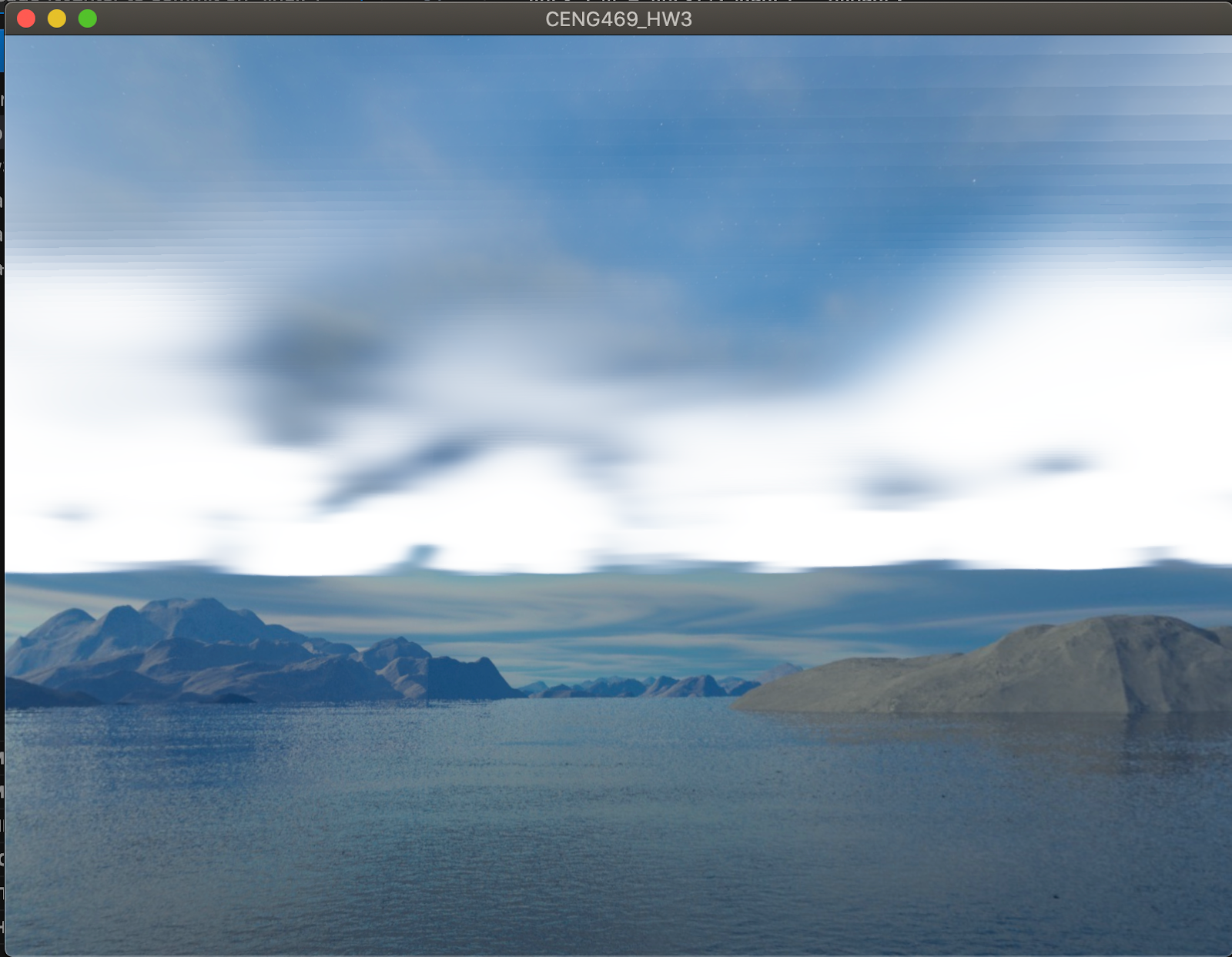My Snow Simulation

Welcome to my last blog for our course CENG469 Computer Graphics 2! This blog will be about our final project which we chose the subject ourselves. I chose to simulate a falling snow and its accumulation on ground as I am in the end a winter child and also wanted to create something I encounter while playing my favourite games. I implemented a particle system to simulate the falling snow and used displacement map to show the accumulation. I will again explain my implementation step by step. Snow Particles First step was generating the snow particles. To do this I implemented a snowflake struct which has the necessary attributes position, size, velocity and direction vector. In every frame, I created a new snowflake with random attributes and erased them when they hit the ground. Also I added and normalized their direction vector with another random vector to create the chaotic movement of snow fall. struct Snowflake { Snowflake ( glm :: vec3 p , glm :: vec3 d , float ...


